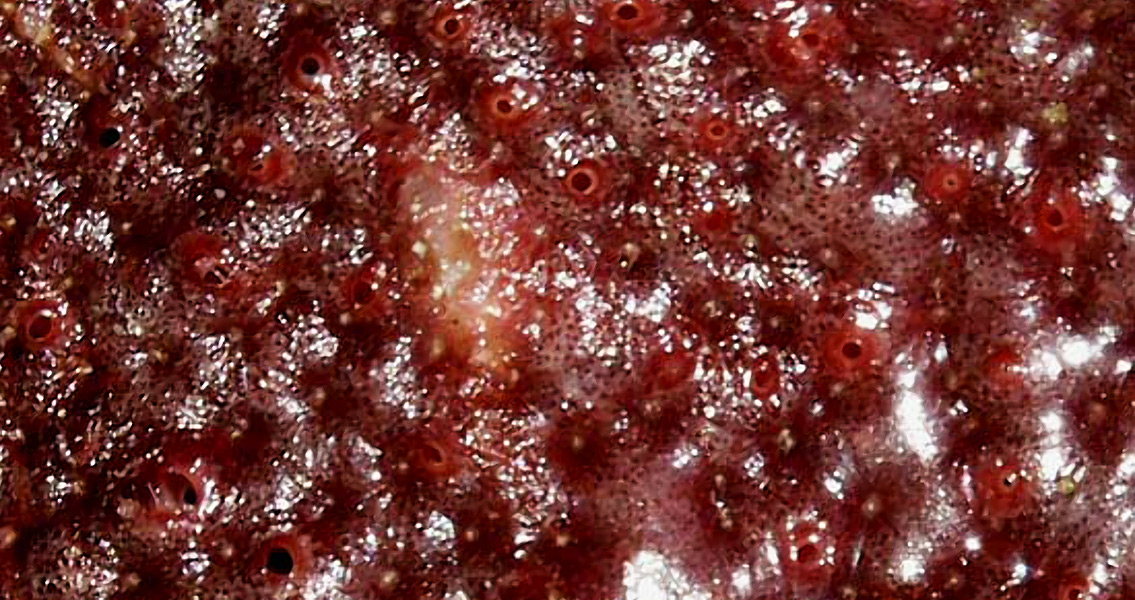<![CDATA[A sponge fossil that has been dated to 600 million years ago is the first specimen of sponges predating the Cambrian explosion, when, it is generally believed by science, most of the Earth’s fauna came into existence. The implications of the discovery are significant because it suggests the explosion, which lasted 20 million years, as Phys.org notes, may not in fact have been an 'explosion' but a much more gradual evolutionary process. Perhaps it was not the period when a lot of new species emerged but a period when a lot of species with skeletons emerged, making fossilisation easier. The finding is detailed in a study titled “Sponge grade body fossil with cellular resolution dating 60 Myr before the Cambrian”, and the scientists involved used cutting-edge technology to examine the fossil. According to one author, David Bottjer; a professor in earth sciences, biological sciences and environmental studies; it was precisely the access to such advanced technology that made the discovery possible. He added that in the future many more pre-Cambrian fossils would probably be discovered, as technology advanced further. The fossil was isolated from a 600-million-year-old rock in China. The Chinese members of the research team dissolved the rock and then put it in an acid bath, which revealed miniature calcium phosphate fossils. They then utilised a scanning electron microscope to establish which of the fossils were preserved well enough to allow further examination. This further examination consisted of analysing the selected fossils with synchrotron microscopy at the European Synchrotron Radiation Facility in Grenoble. The SEM revealed an image of multiple cells in the 1.2 x 1.1 mm fossil the researchers selected. Then synchrotron microscopy created detailed 2D and 3D images of the sponge, allowing the scientists to classify it as Eocyathispongia qiania. The information provided through these methods was sufficient for the team to determine that the fossil had a number of characteristics in common with sponges from the Cambrian, characteristics that were until now thought to have only emerged during the explosion period. Bottjer told Phys.org that the sponge had already developed “fundamental sponge traits” 60 million years before the beginning of the Cambrian explosion, which meant that the majority of “developmental genes” for sponges were already present at the time. The obvious implication is that evolution was more gradual than believed, causing a rethink of the dating of early animal evolution. What’s perhaps even more fascinating is that the genes in the sponge fossil are present to this day in a variety of animals up to and including us humans. Bottjer added that in the future, the relatively new discipline of palaeogenomics will come to play an increasingly prominent role in research thanks to modern technology. Palaeogenomics focuses on the evolution of genes, determining when this or that gene first appeared in an organism. Until now, the fossil record came from bigger animals, but with SEM and synchrotron microscopy, it is likely that a host of previously unknown stages in evolution will be revealed. For more information: “Sponge grade body fossil with cellular resolution dating 60 Myr before the Cambrian” ]]>
Sponge Discovery Questions Cambrian Explosion
